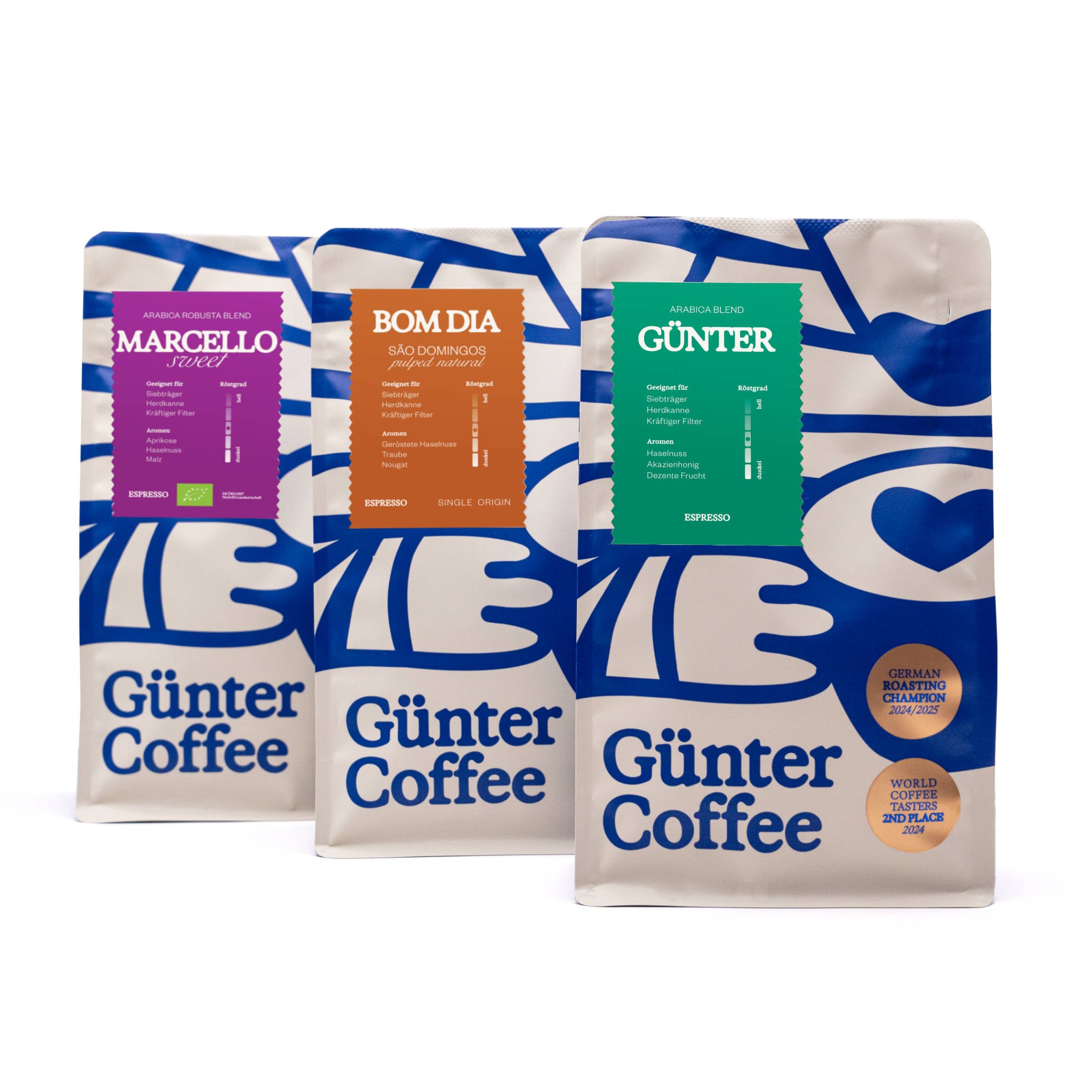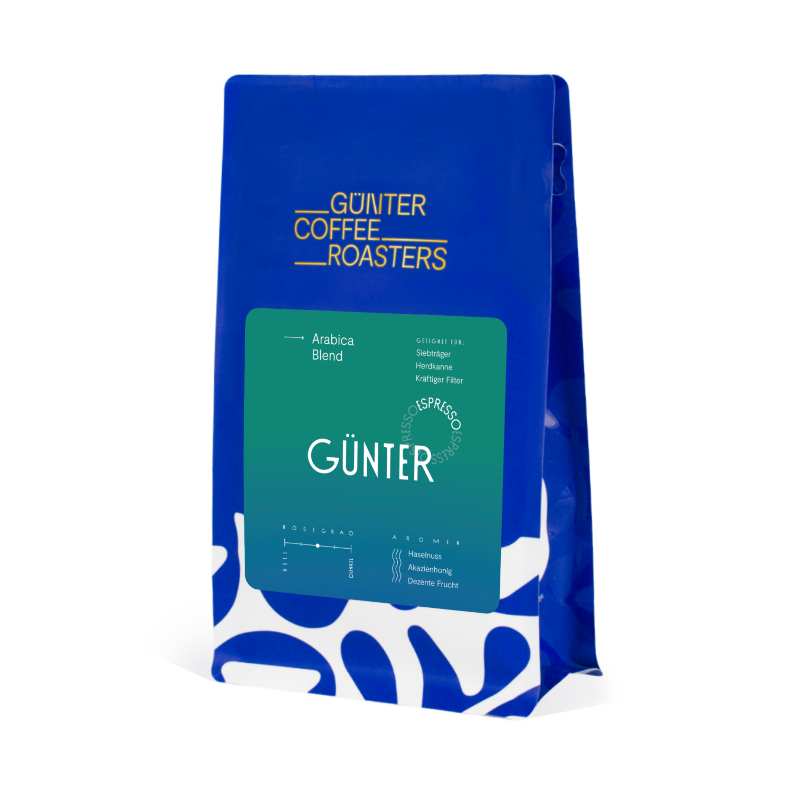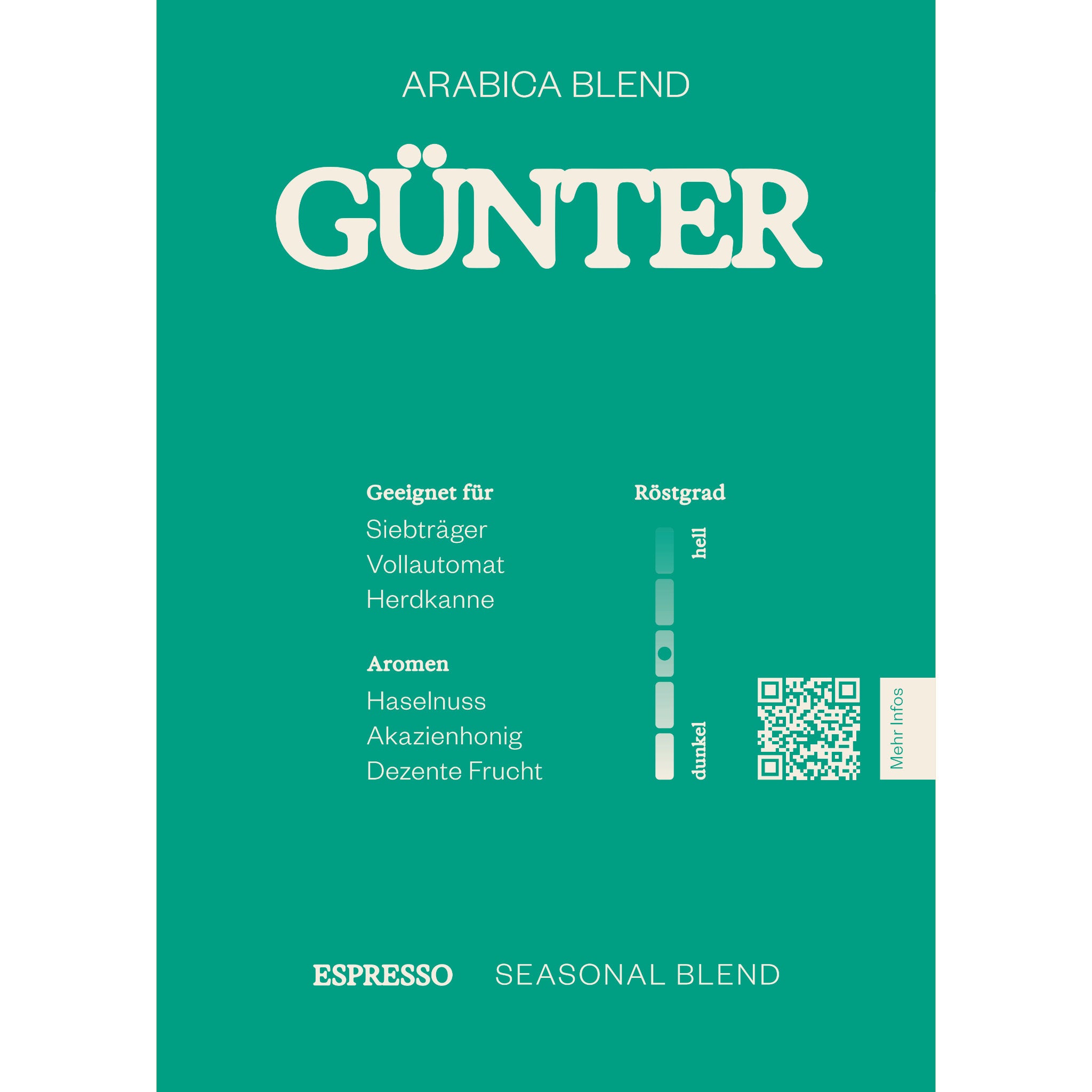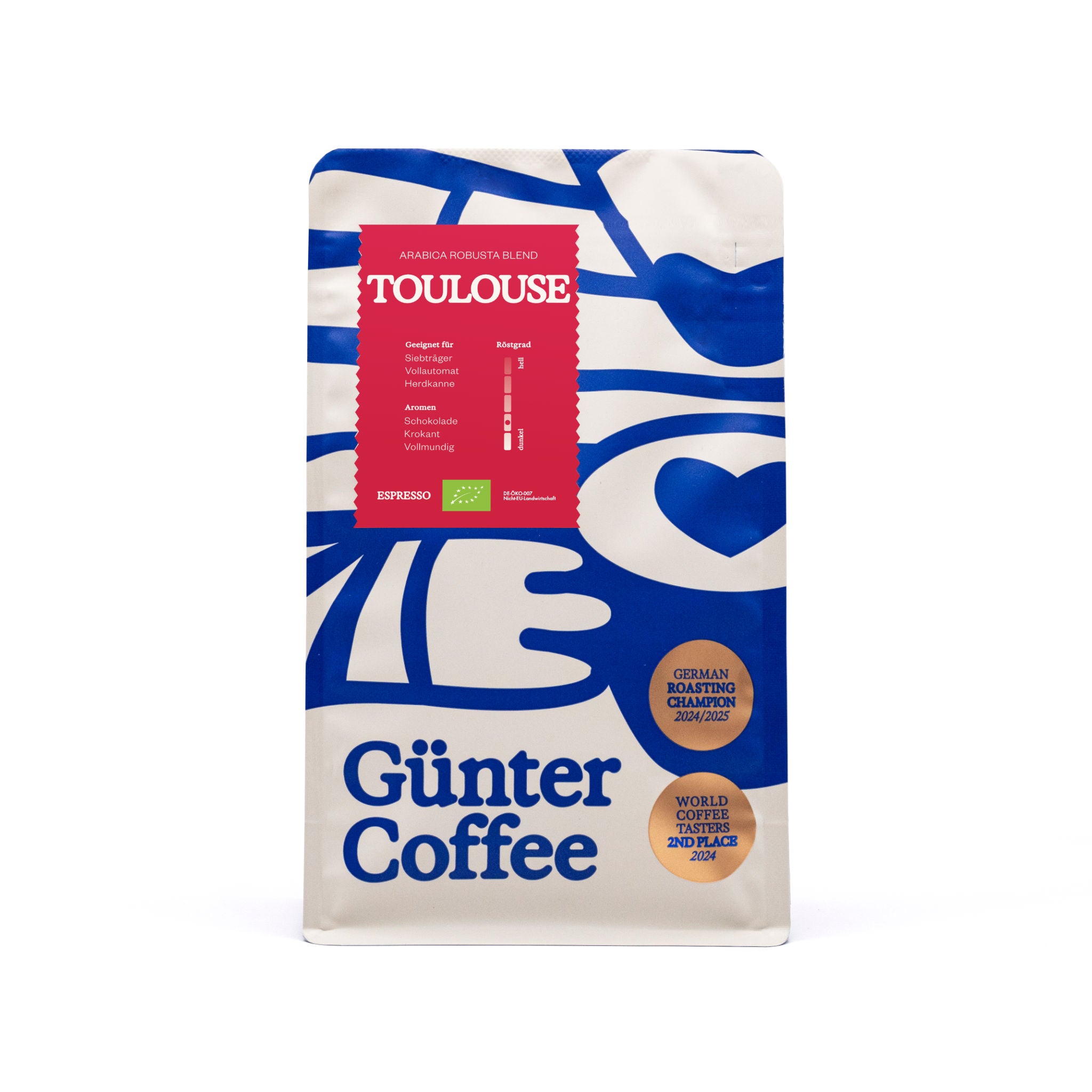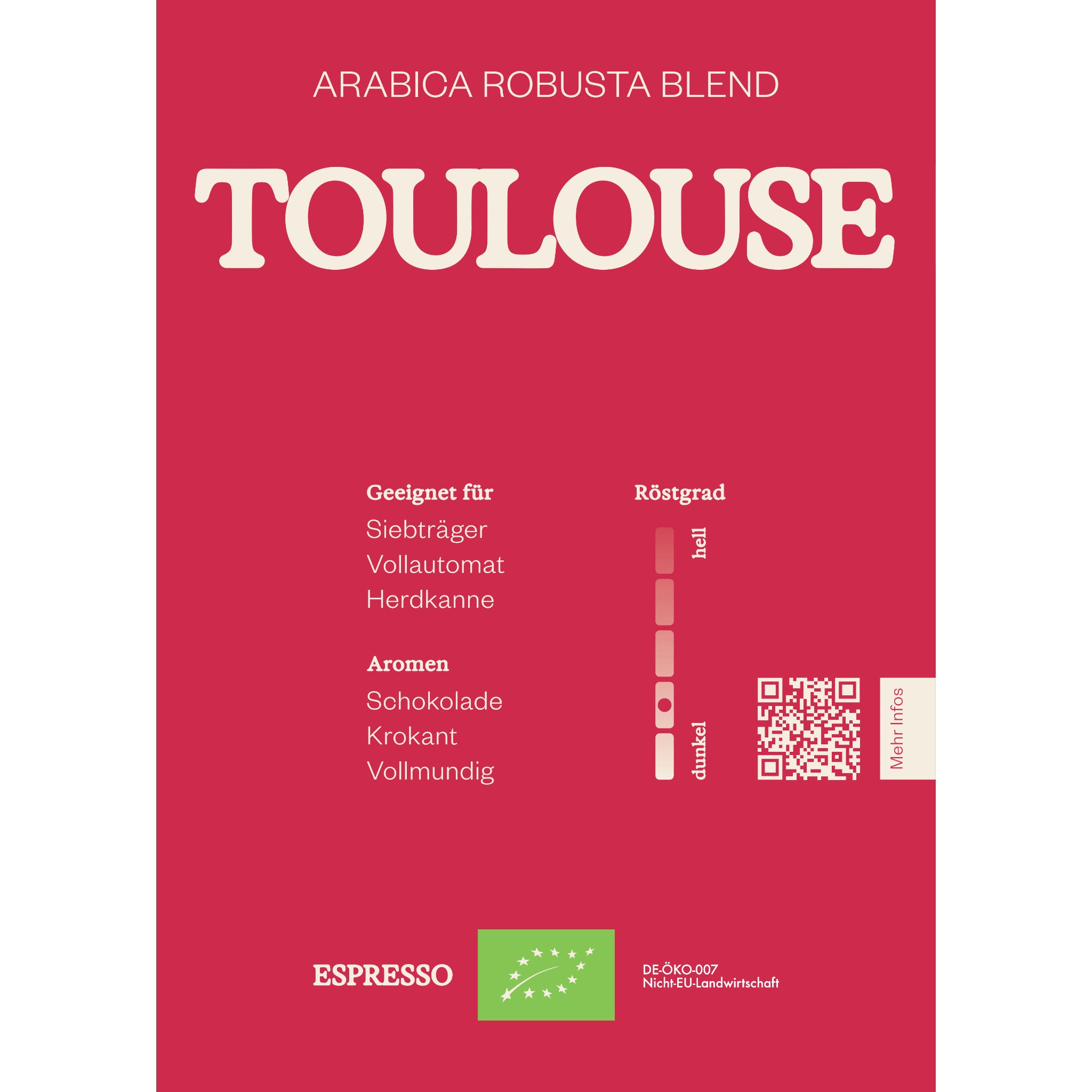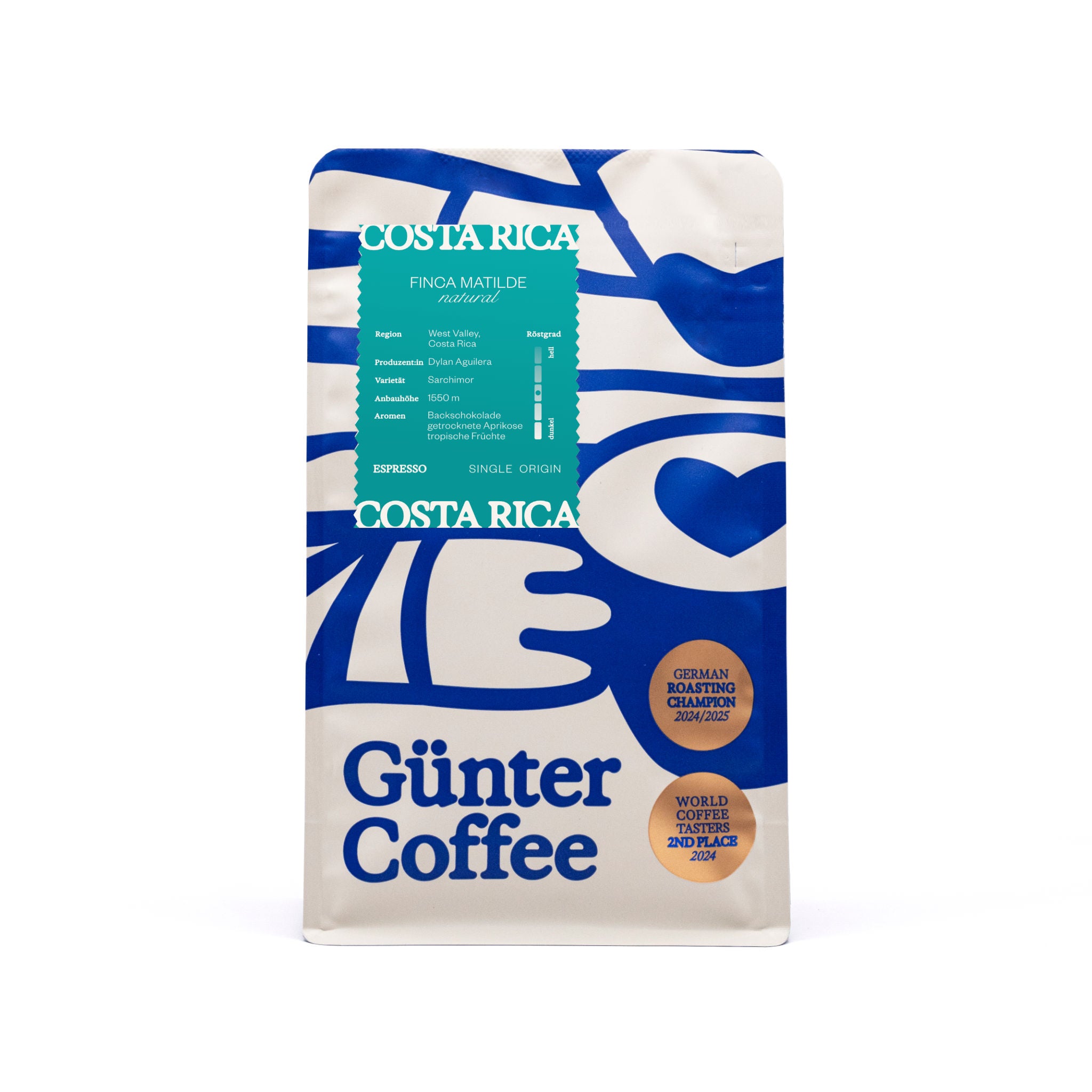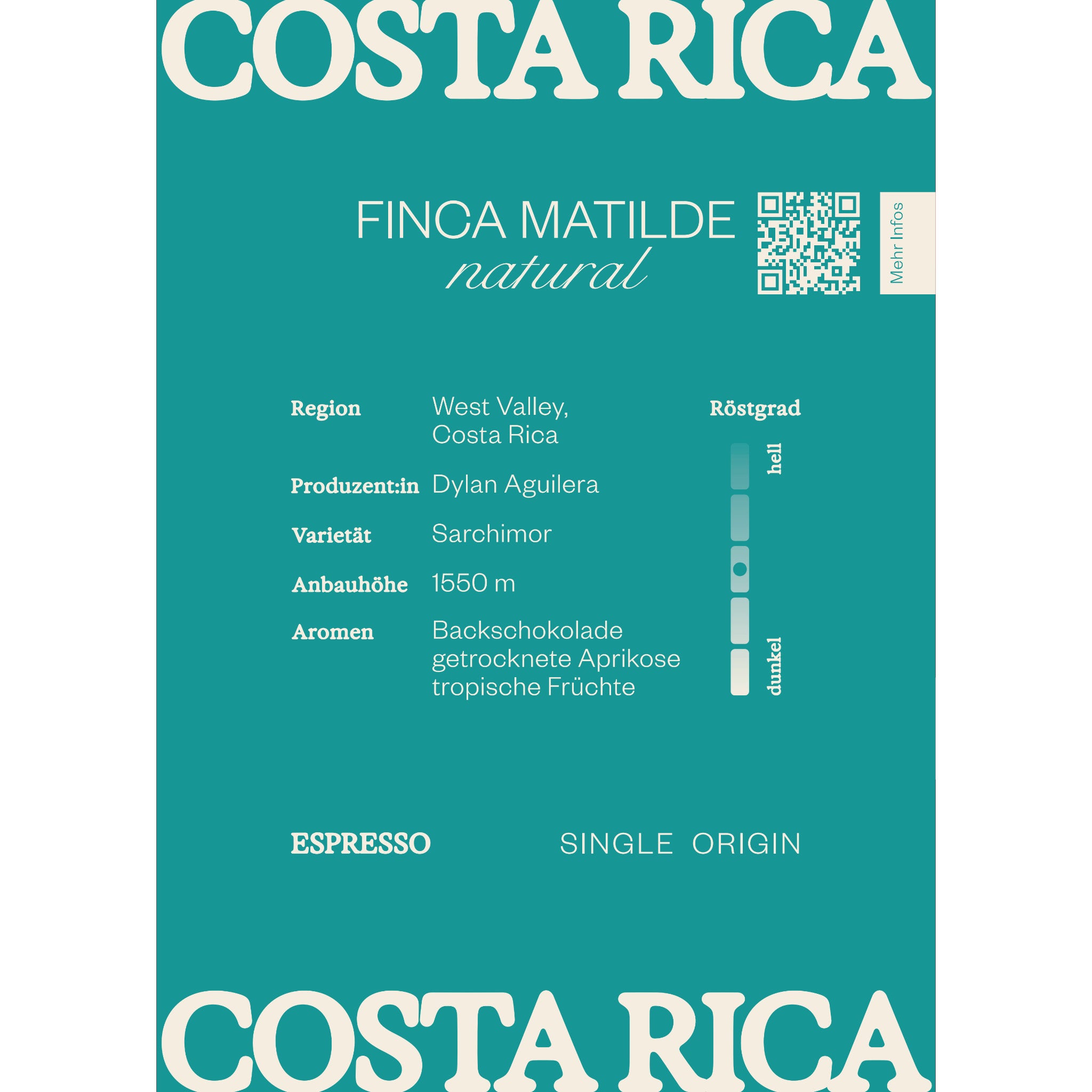Coffee does not grow in Europe. This means that the popular beans have to be imported at great expense. This has been happening for centuries now. The coffee plant was discovered in Ethiopia and then brought to various parts of the world. Since then, farmers along the coffee belt have been cultivating the plant. You can read more about growing coffee in our article.
Coffee quickly became a popular stimulant drink in all countries around the world. The first wave of coffee rose.
First Wave Coffee
The first wave of coffee swept across the Western world and ensured that everyone could soon enjoy coffee. There were many roasters, but no established brands with the usual, consistent taste. The motto on the consumer side for much of the 19th century was: The main thing is to be awake! On the producer side, the aim was to move as much coffee as cheaply and quickly as possible.
The US-based company Folgers was one of the first to change that. Back then, James A. Folger made it his mission to sell coffee with a reliable quality and taste. The coffee in a can with the Golden Gate label reached supermarkets and thus households in San Francisco and California. A few years earlier, Folger himself sailed through the San Francisco bay entrance known as the Golden Gate, where the red Golden Gate Bridge now stands.
He achieved the consistent taste through coffee cuppings. A technique that is still used today for quality assurance and, according to Folgers, was invented in San Francisco in the late 19th century. We also cup our coffees regularly after each roast to check whether the taste and quality meet our expectations. The technology has become firmly established for quality assurance in roasteries.
Instant Coffee as part of the first wave
In order to further lower the hurdle for making coffee and make it accessible to even more people, David Strang developed the first instant coffee in New Zealand around 1890. Nestlé achieved its first major commercial success with the product with its Nescafé brand, which was founded in 1938. The development of instant coffee was intended to absorb the surplus coffee harvest in Brazil by preserving it through the drying process.
The quick preparation without any equipment was also very popular among US soldiers during the Second World War. Upon their return to the States, instant coffee quickly became a staple in every household.
It wasn't until the mid-1960s that the first wave of coffee slowly ebbed and the second wave swelled.
Second wave coffee
With the founding of Peet's Coffee in Berkeley, California, the term specialty coffee received broader attention for the first time. Alfred Peet founded the company with a focus on high-quality coffee. In doing so, he also created an awareness of the different aromas and flavors of different coffee plants and their varieties. He roasted the beans by hand in small batches. Back then, he was primarily about espresso.
In 1979, he sold Peet's Coffee to an entrepreneur, but worked there as a consultant and coffee buyer for four more years. A year after Peet's exit, the founders of Starbucks bought Peet's Coffee and a short time later even sold Starbucks in order to fully concentrate on Peet's Coffee. The former buyer of Starbucks, Howard Schultz, is now still the managing director of the billion-dollar company, whose shops can be found from California to Europe and Africa to the Wall of China and beyond. The time was characterized by darker roasts, espressos and of course the mixed drinks from Starbucks and Co. that are still known today.
The Specialty Coffee Association of America (SCAA) was founded in 1982 and is now just called the Specialty Coffee Association (SCA) after the SCAA and the Specialty Coffee Association of Europe merged in 2017. It defined criteria for assessing the quality of coffee and offered corresponding training for so-called Q-graders.
It is reasonable to assume that at this point humanity, with its large coffee houses, is in many respects back in the first wave of coffee, in which the motto was: The main thing is to sell a lot of coffee. The taste of hand-roasted coffee beans took a back seat again.
And so we finally come to the third wave of coffee.
Third Wave Coffee
With the third wave of coffee, many coffee fans have returned to the traditional quality of roasting. What initially sounds like a revival of the second wave of coffee is actually much more than that in its idea and vision. On the one hand, this is due to a new consumer awareness and, on the other hand, because topics such as sustainability, social justice and criticism of consumerism have been very present for a while.
The Third Wave brings lighter roasts into consciousness, where the roasting aromas fade into the background. It's about celebrating coffee. Slow brewing methods such as the typical hand filter (V60 and Co.) came back into fashion. For the first time, the social and ecological factors in the countries of origin of the coffee also play a major role in the awareness of roasters and consumers.
Associations like the International Women's Coffee Alliance (IWCA) want to ensure more networking, empowerment and justice. Conscious consumers take a closer look at where their coffee comes from, where it is grown and how it is processed. On the one hand, it is about a new awareness of quality and a new culture of enjoyment and, on the other hand, about being aware of one's social and ecological responsibility.
The idea to found the International Women's Coffee Alliance came up in 2003. Since then, branches have been founded in over 28 countries around the world, pursuing a common mission and formulating their own goals for each branch. The mission is to empower women in the international coffee community. You can find out more on the IWCA website and in their IWCA Annual Report.
In order to make progress in terms of quality, personal relationships with the farmers are necessary. In this way, requirements, knowledge and possibilities can be communicated directly. In addition, this is the only way to achieve real transparency in matters of ecological sustainability and social fairness in the countries of origin. This is one of the reasons why direct trade is often mentioned in the same breath as Third Wave Coffee.
We as Günter Coffee Roasters also see ourselves as part of the third wave of coffee, but with reservations. While we source some coffees from direct trade, we purchase others through specialty coffee import partners, e.g. Cafe Imports. This allows us to work with more coffees from different countries, but results in a loss of transparency. In the long term, we would like to purchase more coffee directly. You can read how we currently buy coffee in our article on coffee trading.
Quo vadis Third Wave Coffee?
The first third-wave roasters that emerged in the USA in the 1990s are now part of large corporations. Worth mentioning here are Stumptown Coffee Roasters and Intelligentsia Coffee & Tea, which belong to the German JAB Holding. Peet's Coffee was also taken over by the billion-dollar holding company in 2012.
However, new, craft-oriented roasters are constantly sprouting up in the coffee cosmos and uphold the idea of the Third Wave of Coffee.
Nevertheless, the question must be asked as to where the third wave of coffee is heading. Demand is growing and with it the market is growing. As soon as a market or one of its niches grows strongly, desires grow. More and more people with a knack for business are then exploring where they can dock in order to make some money. Large farm owners, export and import companies, resellers, “classic” large roasters and investors are getting involved.
Third Wave Coffee in Germany
In Germany, too, large companies are increasingly taking advantage of the growing third wave movement. Long-established roasting companies are pushing into the specialty coffee market with subsidiaries, buying up other companies and/or getting involved in the scene via their own marketplaces. They use huge budgets to advertise their way to consumers.
German coffee giant Melitta took over the Roastmarket marketplace in 2021, Dallmayr runs the specialty coffee roasting company Azul from Bremen, Germany, and Tchibo founded the roasted marketplace. Even the consulting firm Boston Consulting Group is getting involved. The subsidiary BCG Digital Ventures launched 60beans for the Johann Jacobs Haus in 2022.
These coffee marketplaces offer great opportunities for smaller roasters to become better known and offer their coffee beans to a wider audience. The capital behind the platforms promises high marketing expenditure and thus reach, which roasters can only dream of on their own.
In the medium and long term, it will become clear what dynamics will develop and how the large owner companies will use their newfound power in the specialty coffee scene. What is certain is that customers are increasingly becoming aware of the social and ecological background of their consumption. This is particularly true for the specialty coffee scene and it is up to us to ensure that this awareness does not fall behind as the market grows.
It is also clear that small roasting companies always have the advantage over large ones in that they can invest a lot of time and effort in the craftsmanship of roasting. The larger a roasting company, the more precision is lost.
We remain excited and vigilant.
From First Wave to Third Wave Coffee in a nutshell
- Coffee spread around the world during the century with what is known as the first wave of coffee.
- The first wave was mainly about making coffee available to as many paying people as possible. quantity over quality; The main thing is waking up!
- The second wave emerged in the mid-1960s with “Peet's Coffee” in California and shaped a new awareness of quality. The specialty coffee term appears for the first time.
- The third wave of coffee came in the 1990s. Lighter roasts, filter preparation methods and, above all, the origin of the coffee became the focus.
- The more conscious consumers want to know where the coffee comes from, who grows it, how it is processed and what the social and ecological background is.
